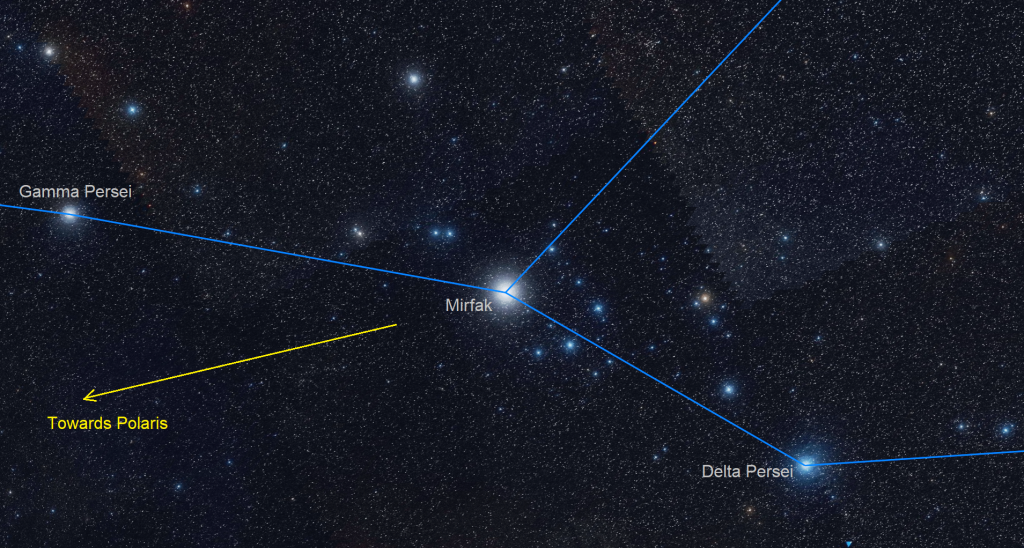Evening Mars near Uranus, Suppertime Mercury Swings Sunward, and the Full Wolf Moon Meets the Winter Hexagon!
This image of Messier 35, also nick-named the Shoe-Buckle Cluster, was captured by Fred Espenak on March 29, 2011 from his home in Arizona. He affixed his Canon EOS 550D camera to a Takahashi 180mm Astrograph telescope. The photo spans about a thumb’s width top to bottom. Messier 35 is about 2800 light-years away from…
Read more









